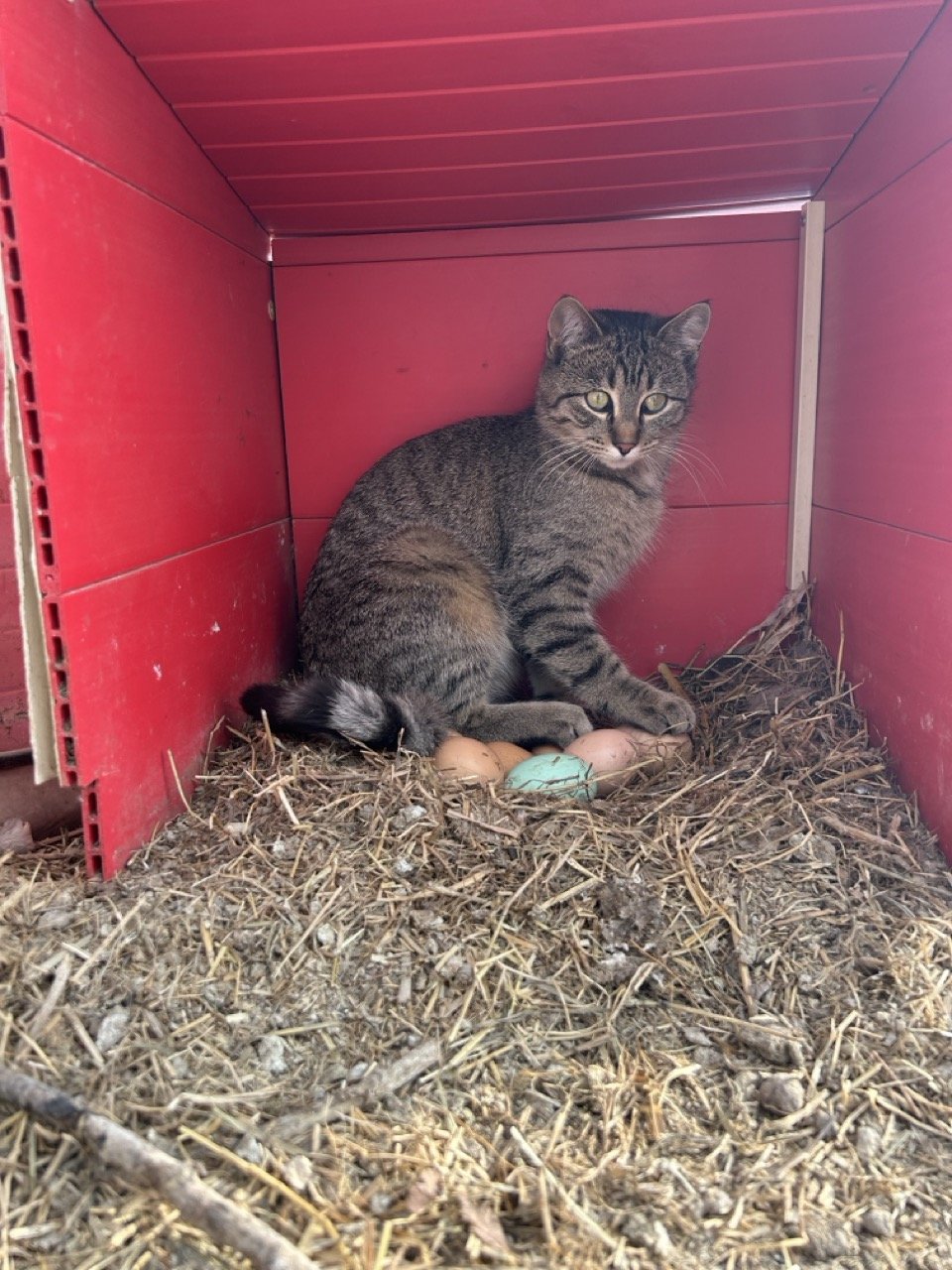A Farm and a Homestead
Tending the Present While Building the Future
The Farm That Came First
This season, as we begin to clean up and cultivate our property, we also have a farm to run—the one we live on now. Our ducks, chickens, hoophouse and garden beds, cats, and fields don't know that we're building our future homestead elsewhere and still need tending to. Besides, we can't imagine a year without growing and storing a lot of our own food.
The farm we live and work on now is leased through a local government program that supports the preservation and stewardship of open spaces. Like other young farmers in our high-cost-of-living area, we're lucky this program exists; it's allowed us to grow food and manage acreage in a place where we otherwise might have had to wait until now to start. Perhaps this would have only delayed us, but I have a strong feeling that without the practice and the lived experience—and validation that this is the lifestyle we want for ourselves and our future family—we wouldn't have the confidence to take on a project such as the Homestead.
So let it be known. On Desk to Dirt, I'll chronicle our homestead journey, which began with the scary and weird process of purchasing property and will continue as we bring our vision to life.
I'll also tell some stories about what's happening on the farm in the meantime, as this is the place where Cooper and I learned how to work together, started to merge our styles and goals, and solidified our shared dream of homesteading.
Full (Hoop) House
As I write this in March, it's the tail of winter and spring is nearing. Our "double bubble" hoophouse (framed with metal poles that we bent into arches and covered with a double layer of plastic, with a fan blowing air into the space between the plastic layers that buffs up its heat-holding power) is currently home to:
five ducks (two ladies and three drakes—a less-than-desirable ratio that was determined by some wildlife attacks last fall)
a duck pond (that is, a big trough filled with water)
five chickens (four hens and a protective two-year-old rooster—a nice ratio determined by us)
and nine beds that we made out of an old culvert pipe—a five-foot-diameter corrugated metal tube that Cooper sliced up with a power tool and then slightly smashed into oval-shaped donuts that we filled with a mix of local dirt, compost, and coconut coir. We also have barrels of water in there for even more thermal mass, which does wonders during the shoulder seasons.
Completely uncoerced, both of our youngest cats—Gonzo in the ducks’ round nest, Coco in the chickens’ red one—found the freshly spruced-up nesting boxes irresistible and kept the eggs warm for a while.
Our thermometers, placed inside and outside of the hoophouse, show how all these elements have added up over the year or two since we put up the greenhouse to ultimately perform quite well. This morning, logs show a low of 22° outside and an astounding—actually—44° low inside.
We’ve been really pleased with the performance of the hoophouse, which I’ll go more into in another post, but for now — here are some of the hoophouse elements we attribute success to:
Double bubble, the air between the two layers of plastic, create a great insulative barrier
Lots of thermal mass, in the form of the duck troph, barrels of water and beds
North-facing wall insulated with a thin layer of foam on the inside, composite wood siding on the outside
Weather stripping around the doors, and generally sealing up cracks and gaps
Hay bales lined along the eastern outside of the hoop house, particularly up against the beds and duck troph (We could do this all the way around)
Egg City
The ducks and chickens are both starting to lay like crazy. We're watching for signs of broodiness in hopes some of the girls can raise up little ducklings and chicks. The eggs we collect are getting shared with friends and eaten, but also scrambled up and frozen, which we've found is a great way to stock up on eggs during this time of year when the chickens and ducks are so productive.
What are your go-to methods for using springtime quantities of eggs? Let me know in the comments.
TLDR;
Two Farms, One Season — We're building the homestead—but still farming the land we lease and love.
Lessons From the Lease — Without this in-between space, we might not have had the courage (or practice) to take the leap.
Double-Bubble Greenhouse = Spring Magic — Our hoophouse setup is holding 20+ degrees of warmth and turning out eggs like wild.
Egg Overflow Solutions — We're freezing scrambled eggs and dreaming of ducklings. Got a favorite use for spring egg season? Drop it in the comments.














